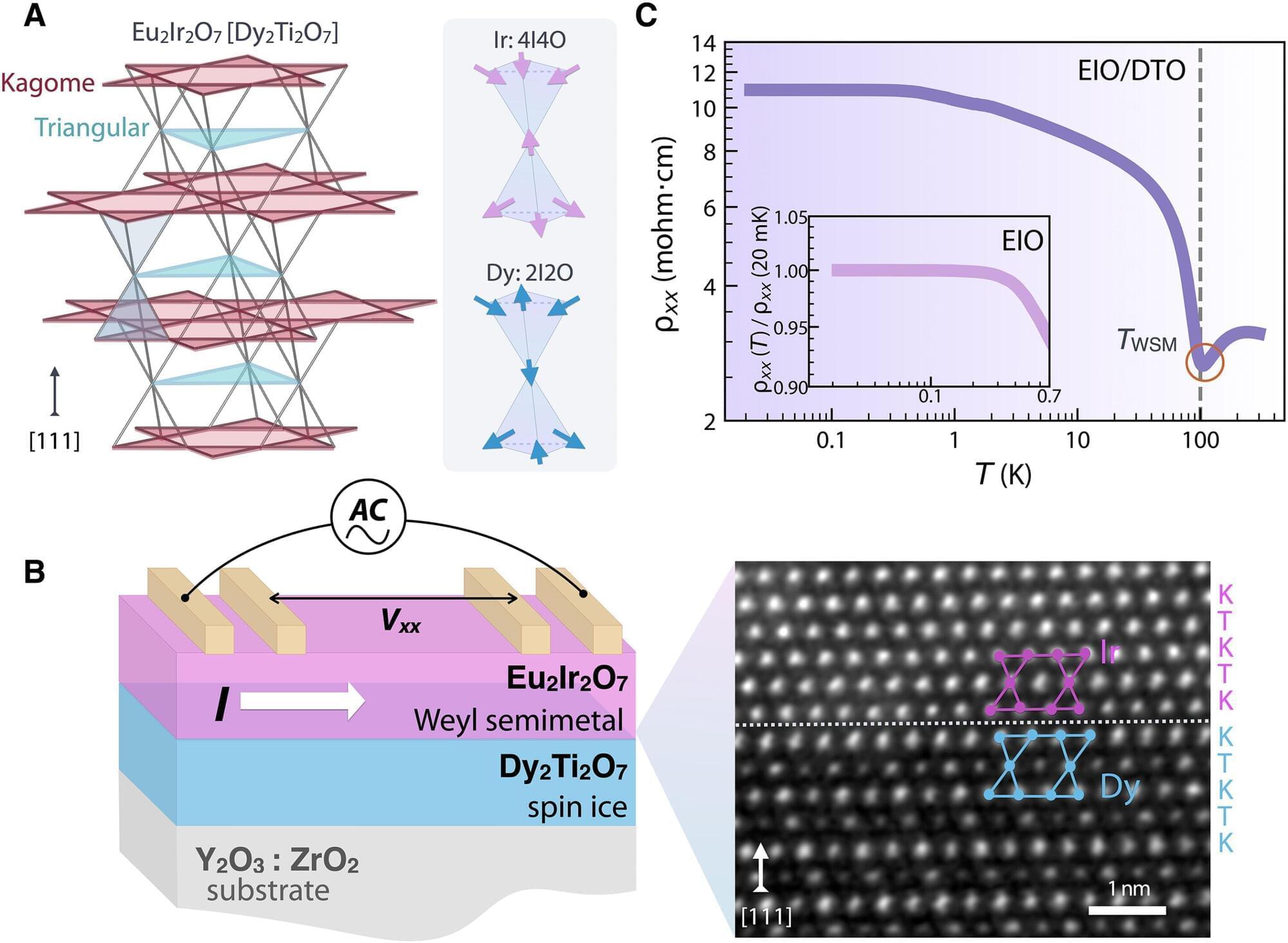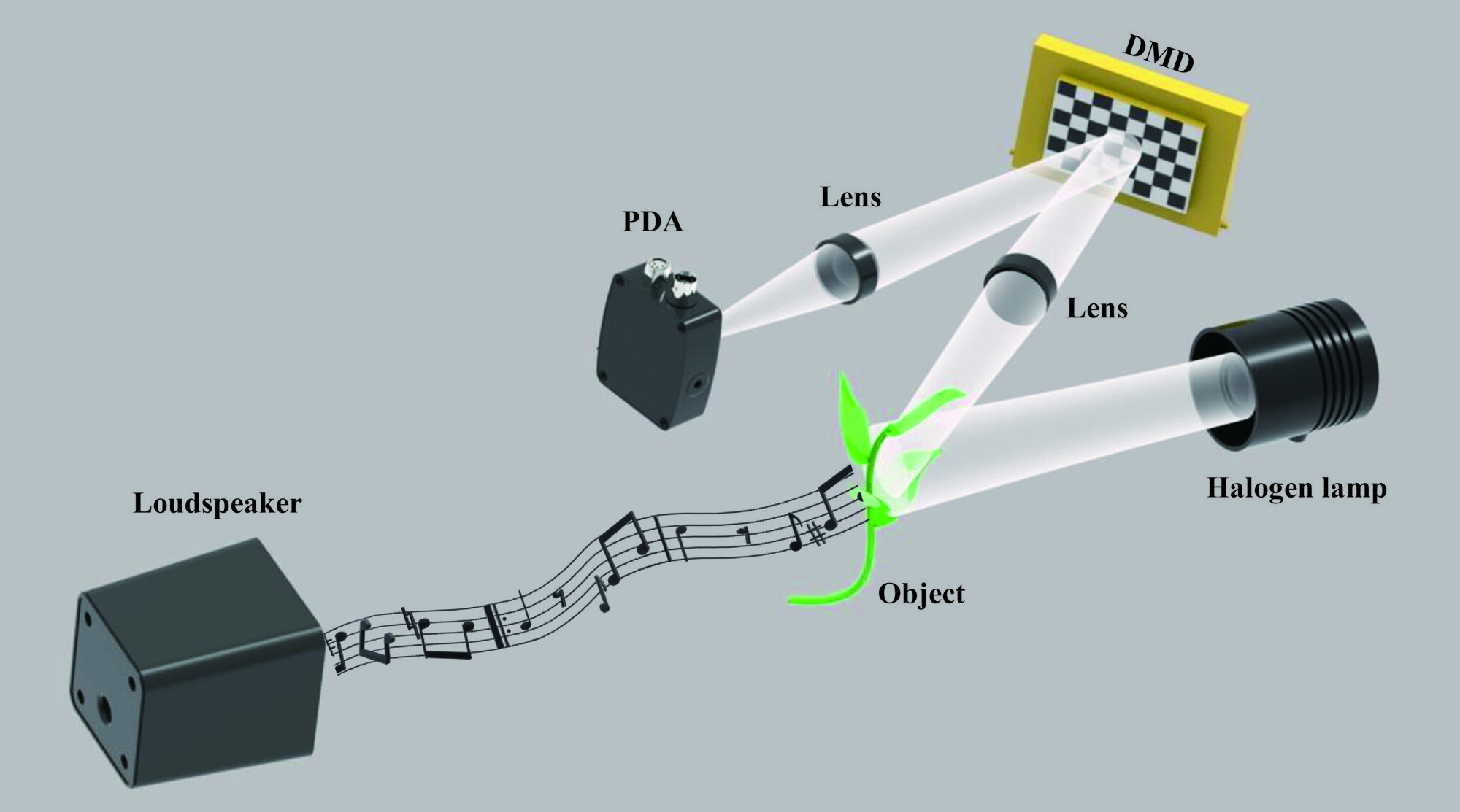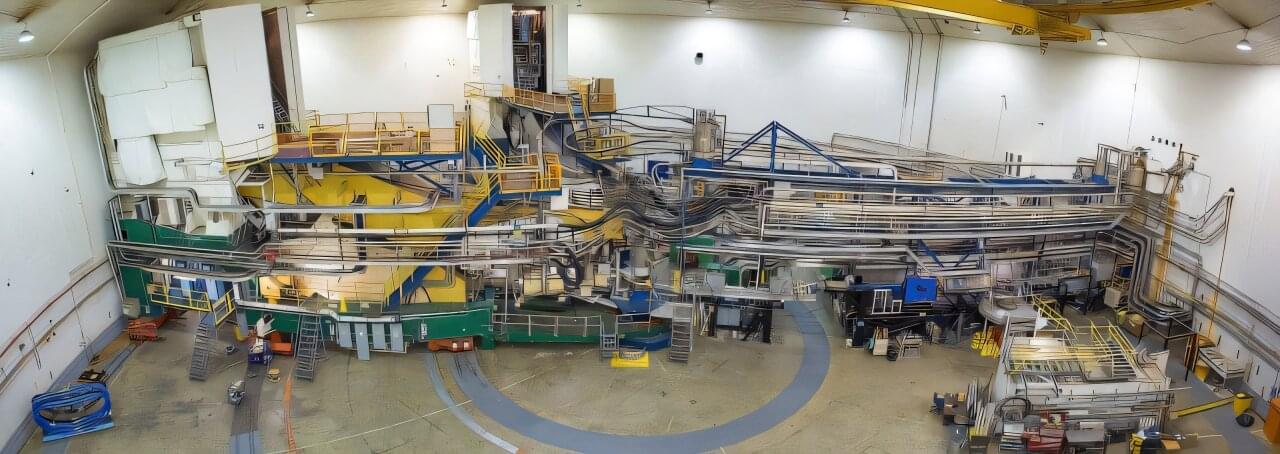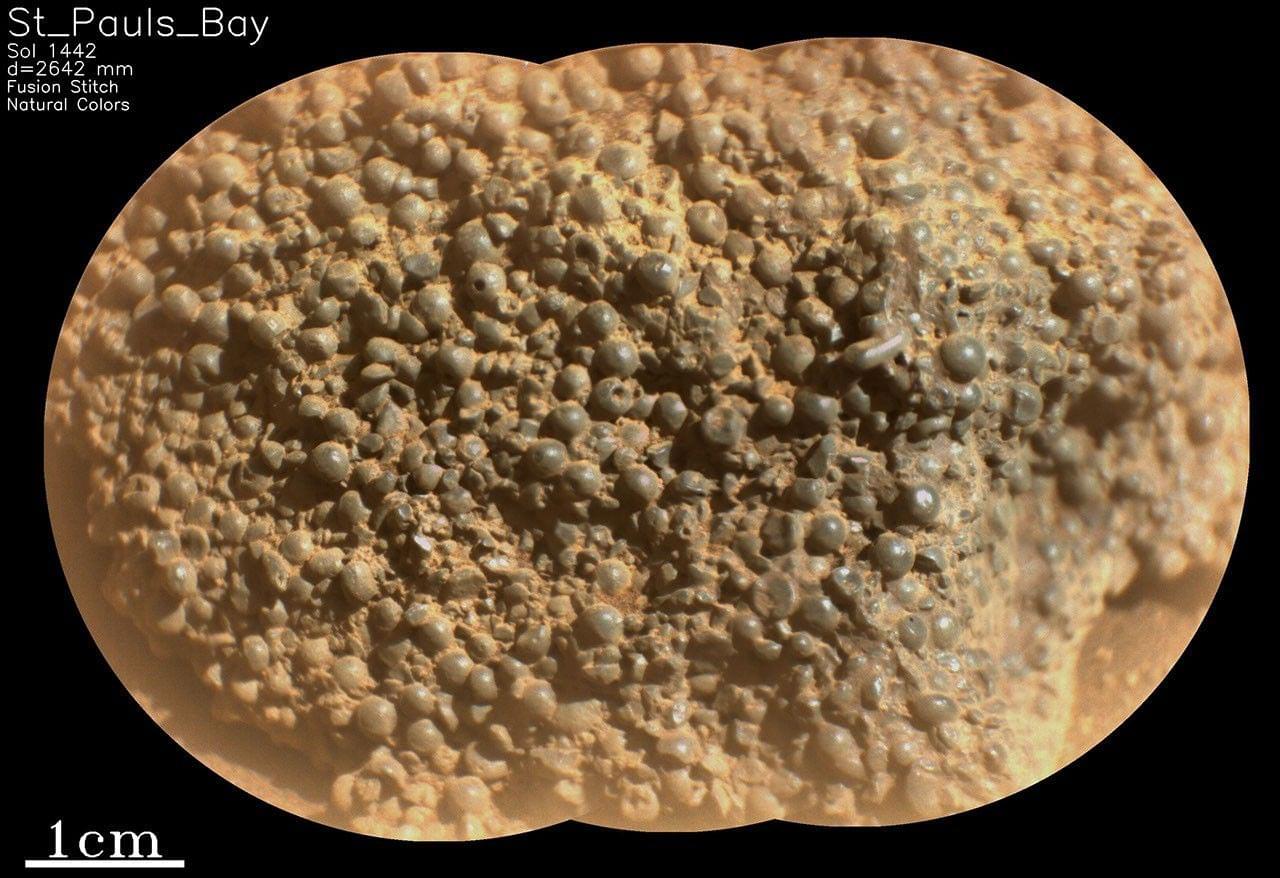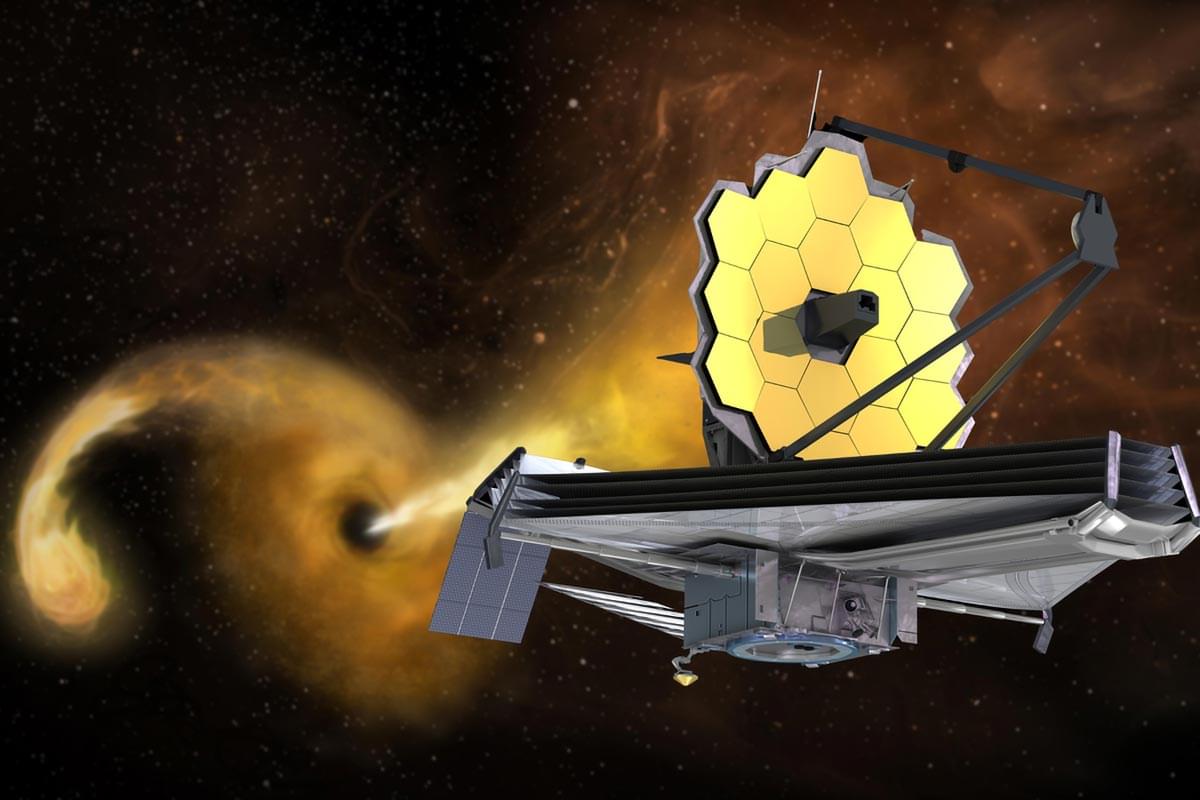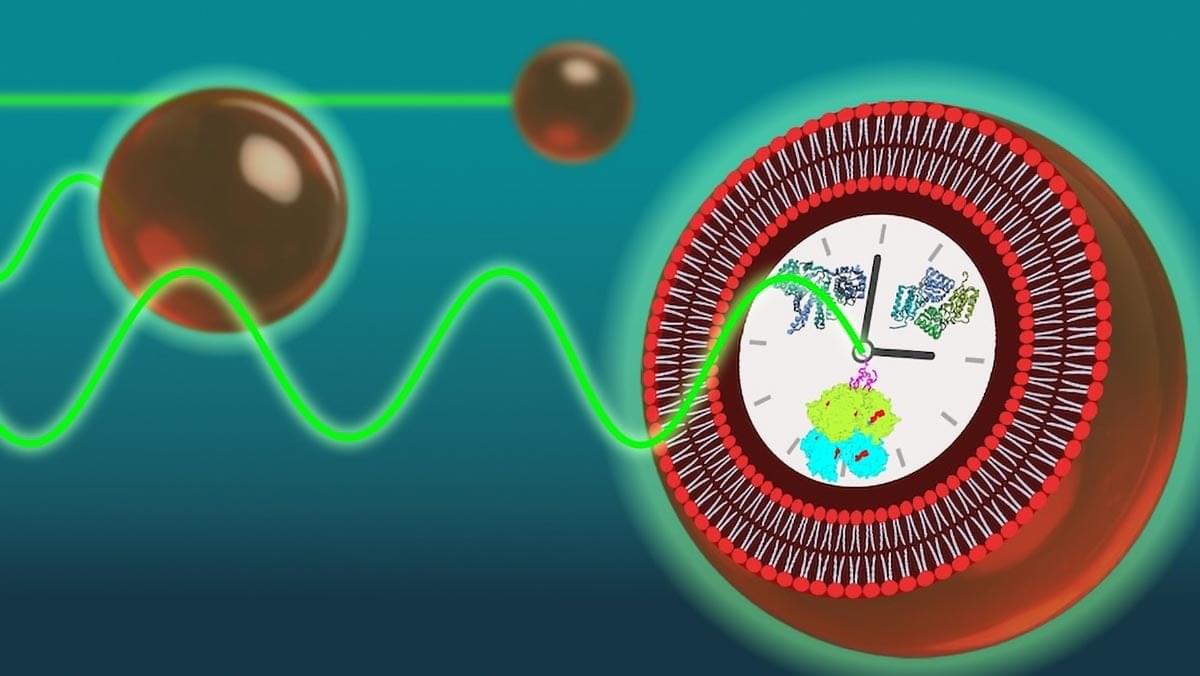Scientists have discovered a new way that matter can exist—one that is different from the usual states of solid, liquid, gas or plasma—at the interface of two exotic materials made into a sandwich.
The new quantum state, called quantum liquid crystal, appears to follow its own rules and offers characteristics that could pave the way for advanced technological applications, the scientists said.
In an article published in the journal Science Advances, a Rutgers-led team of researchers described an experiment that focused on the interaction between a conducting material called the Weyl semimetal and an insulating magnetic material known as spin ice when both are subjected to an extremely high magnetic field. Both materials individually are known for their unique and complex properties.
